✓ Joining us on our Whatsapp Channel: 💬 Explore and Escape!.
Booking through us:
✓ 🏩 🛌 Handpicked Luxury Stays in Budget: Booking.com | Agoda.com
✓ 🍹⛱️ Deals on Private xfers, SIM Cards, City tours, Day trips : 📍🗺️ GetYourGuide | 🛵🧳 Klook
There are great many things to do in Spain, and so are in Zamora.
Zamora is a hidden gem waiting to be discovered, like a buried treasure chest overflowing with experiences that will take your breath away.
Without further ado listed below are some of the most fun things to do in Zamora:
1. Castle of Zamora
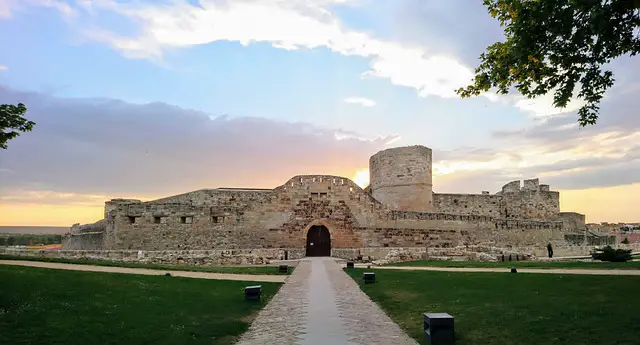
A medieval castle located in the city of Zamora, Spain.
What to see or do: Visitors can explore the various chambers and towers of the castle, including the Tower del Homenaje, which offers amazing views of the city and the Duero River.
There is also a museum inside the castle with exhibits about the castle’s history and the city of Zamora.
Don’t miss: The castle’s impressive defensive walls, which surround the complex and provide a glimpse into the castle’s past as a strategic stronghold.
Insider travel tips: Be sure to wear comfortable shoes, as the castle is located on a hill and involves a bit of walking.
Also, try to visit in the early morning or late afternoon to avoid the crowds and get the best light for photos.
Finally, consider taking a guided tour to get the most out of your visit and learn more about the castle’s rich history.
2. Plaza Mayor
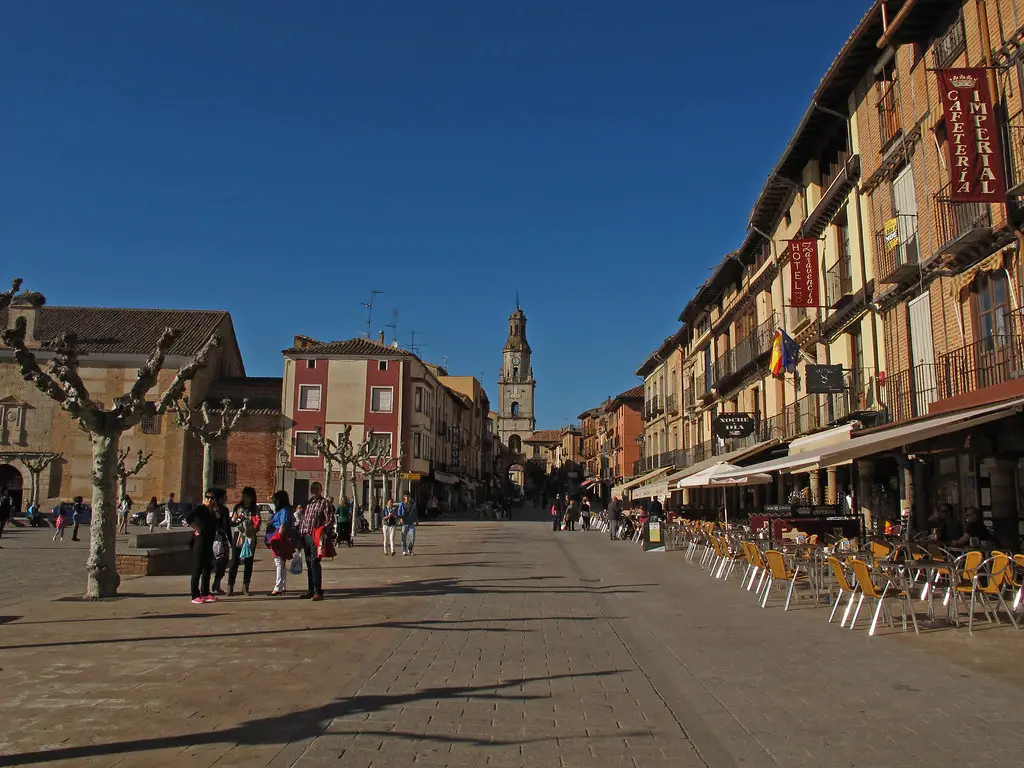
Plaza Mayor is the main square of Zamora, a historical city in northwestern Spain.
What to see or do: Take a stroll around Plaza Mayor to admire the impressive Renaissance architecture and soak up the lively atmosphere. Admire the statue of King Alfonso IX and the centuries-old buildings surrounding the square.
Visit the City Hall and the old Gran Hotel Reina Felicia, both located on the square.
Don’t miss: Catch a performance or a concert at the Teatro Principal, a beautiful theater located on the square. Taste some local specialties at one of the many restaurants and bars in the area.
Enjoy the scenery in the evening when the Plaza Mayor is beautifully illuminated.
Insider travel tips: Take a guided tour to learn about the history and culture of the city and the Plaza Mayor. Make sure to try the traditional sweet pastry ‘La Teta de la Serena’ at one of the nearby bakeries.
Visit in the spring or summer to experience the Plaza Mayor come alive with different festivals and cultural events.
3. Church of San Pedro y San Ildefonso
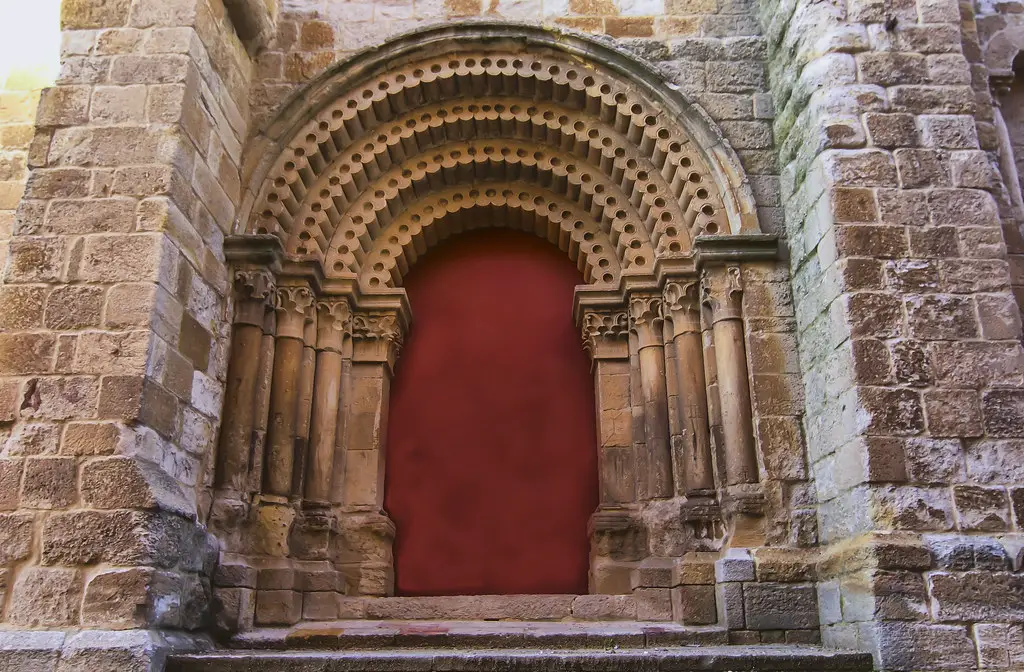
The Church of San Pedro y San Ildefonso is a beautiful Spanish temple, located in the historic city of Zamora in the province of Castile and León.
What to see or do: Visitors can enjoy the stunning architecture of the church, which is characterized by its Romanesque style and Gothic details.
Admire the intricate reliefs and sculptures that adorn the exterior, as well as the impressive stained glass windows that fill the interior with colorful light.
Don’t miss: Be sure to check out the altarpiece, which is considered one of the most exquisite examples of Spanish Baroque art.
Created by artist Claudio Coello in the late 17th century, it tells the story of the life and death of Saint Ildefonso.
Insider travel tips: – The church is open year-round, but hours may vary. Check the official website for up-to-date information.
4. Puente de Piedra
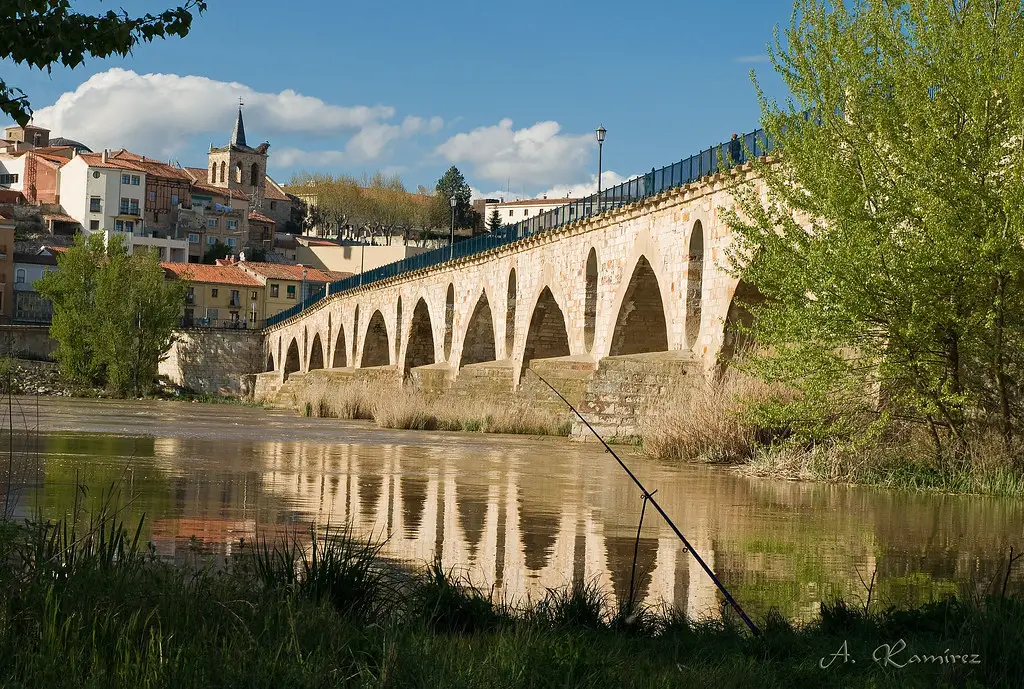
Puente de Piedra (Stone Bridge) is a historic bridge located in the city of Zamora, Spain.
What to see or do: Admire the stunning Gothic architecture of the bridge, which dates back to the 13th century. Take a leisurely stroll across the bridge and enjoy panoramic views of the Duero River and the beautiful Zamora skyline.
Don’t miss: The chance to view the bridge at night, when it is beautifully illuminated and provides a magical atmosphere.
Insider travel tips: Venture to the nearby church of San Claudio de Olivares, and enjoy a picturesque walk along the river banks for stunning views of the bridge and the surrounding area.
Be sure to bring your camera to capture some memorable shots!
5. La Alhóndiga
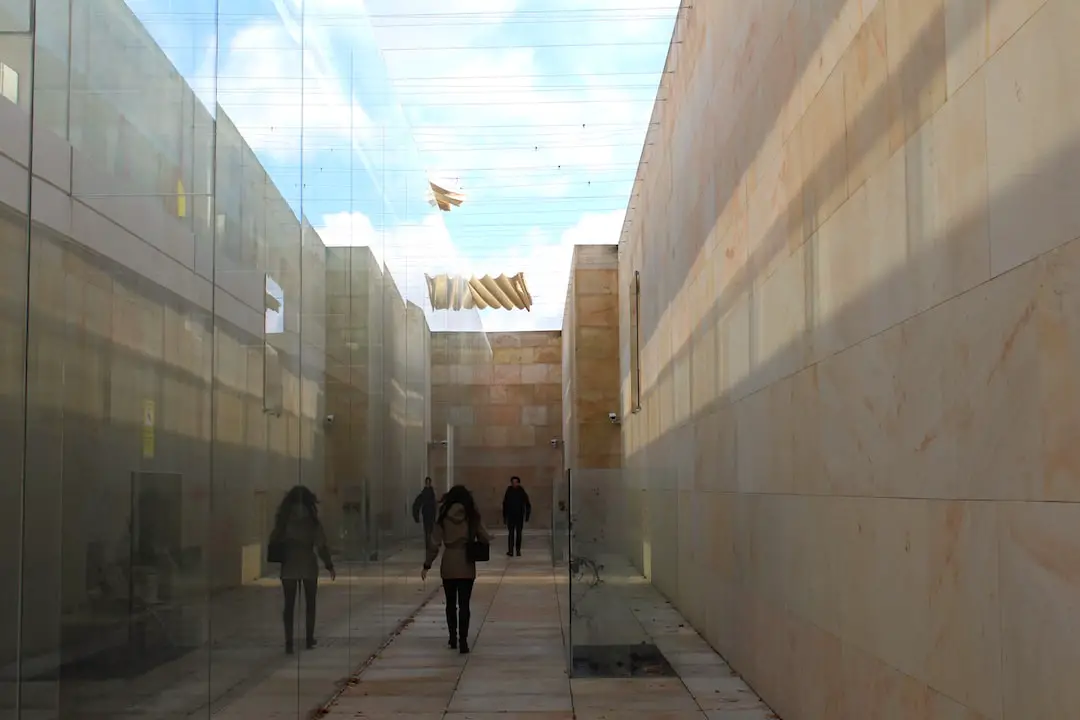
La Alhóndiga a cultural center located in Zamora, Spain. It was a former grain storage facility built in the 15th century.
What to see or do: Visitors can see contemporary art exhibits, attend concerts, take dance classes, and explore the building’s history. There is also a restaurant and a rooftop terrace with stunning views of Zamora.
Don’t miss: Check out the stunning Gothic-Mudejar architecture and the central courtyard with a glass pyramid. Be sure to visit during the Corpus Christi celebrations, where the building is adorned with flowers and lights.
Insider travel tips: Purchase tickets in advance for events and exhibits, as they often sell out quickly. Plan to spend at least half a day exploring the cultural center and surrounding area.
Don’t forget to try the local specialty, “huevo frito” (fried egg), at the rooftop restaurant.
6. Museo Etnográfico de Castilla y León
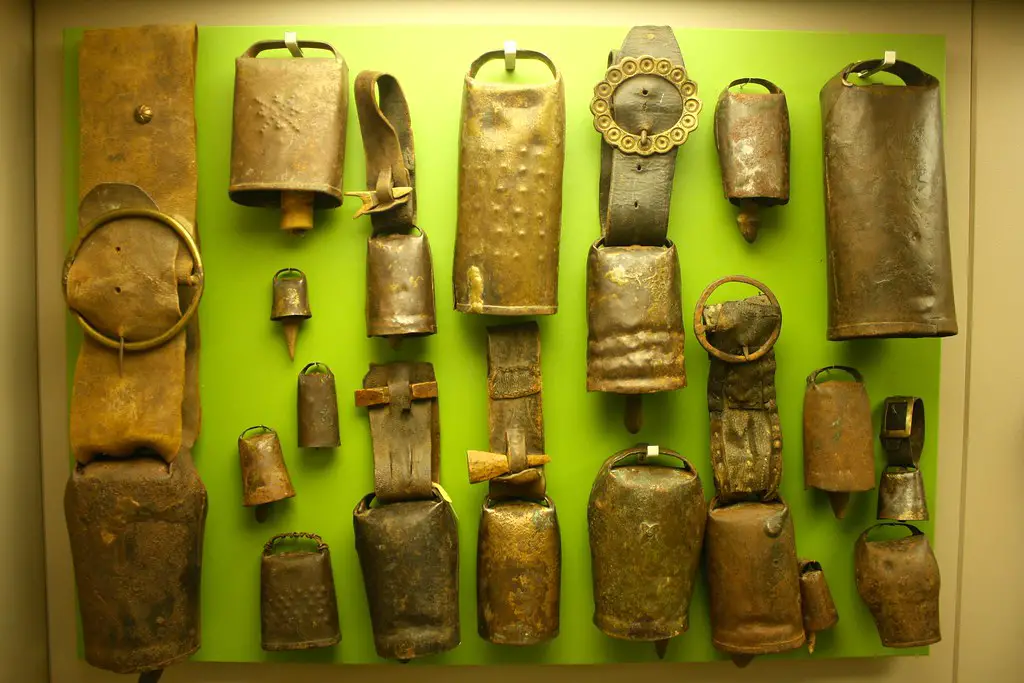
Museo Etnográfico de Castilla y León is a museum dedicated to preserving and showcasing the folk culture and traditional way of life in the region of Castilla y León, Spain.
What to see or do: Visitors can explore the museum’s extensive collection of traditional costumery, handicrafts, and objects used in daily life. Exhibitions highlight the different aspects of the region’s heritage, from farming and fishing to religion and music.
Don’t miss: One of the most fascinating displays in the museum is the recreated village square, complete with authentic buildings, tools, and vehicles.
Visitors can step back in time and experience what life was like for rural communities in Castilla y León.
Insider travel tips: The museum is open from Tuesday to Sunday and offers free admission on weekends. Guided tours and workshops are available and can be booked in advance.
Be sure to stop by the museum’s shop, where you can find unique souvenirs and handcrafted items made by local artisans.
7. Museo de Zamora
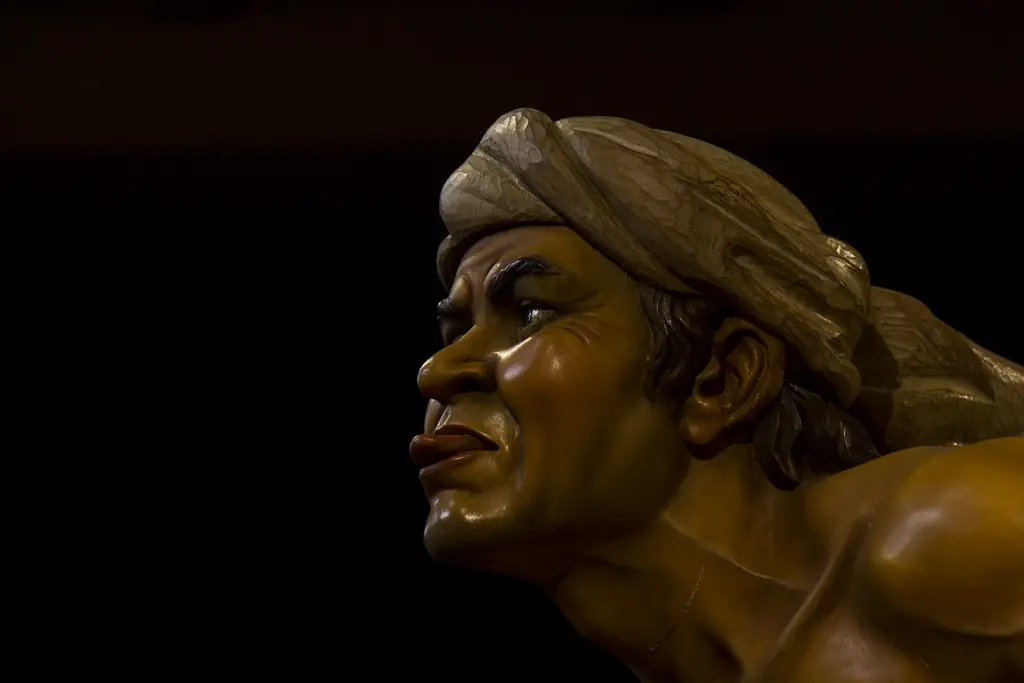
A museum located in the city of Zamora, Spain that showcases the history and culture of the region.
What to see or do: Visitors can explore the various exhibits that feature artifacts, artworks, and archaeological finds dating back to prehistoric times, the Roman era, and the Middle Ages.
The museum also houses a collection of religious art from the local churches.
Don’t miss: The highlight of the museum is the stunning collection of Visigothic votive crowns, which are believed to be some of the rarest and most valuable artifacts in Spain.
The intricate gold crowns are adorned with precious stones, and were used as offerings to churches and monasteries during the 6th and 7th centuries.
Insider travel tips: For a deeper understanding of the exhibits, it’s recommended to hire a guide or audio tour. The museum is closed on Mondays, but is open every other day of the week.
Admission is free on Saturdays and Sundays.
8. Parque Natural de Arribes del Duero
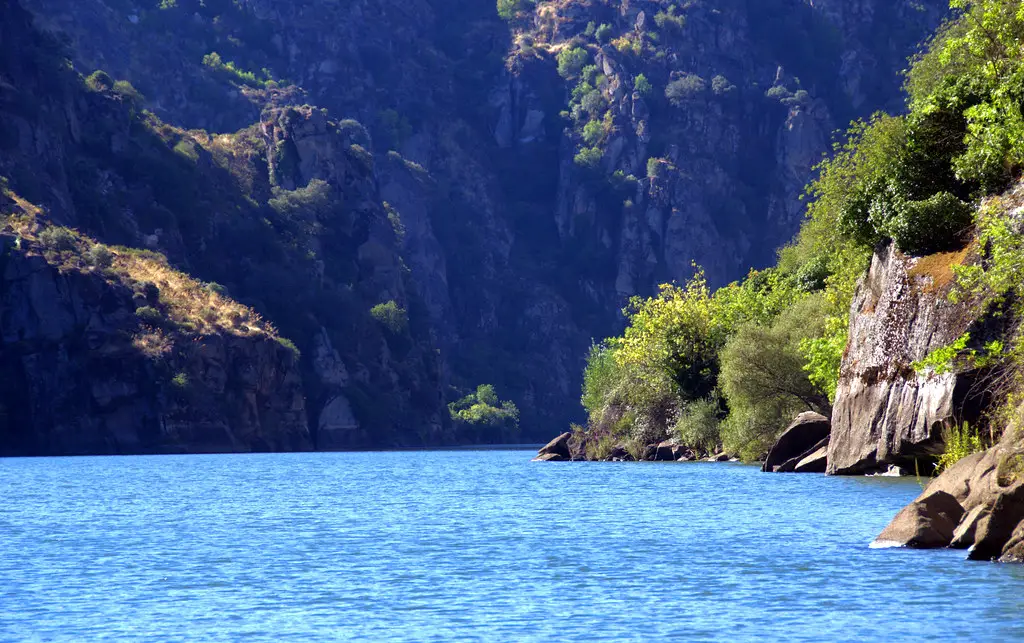
Parque Natural de Arribes del Duero is a stunning natural park located in the province of Zamora, Spain. It is known for its deep gorges, cliffs, and valleys, all carved out by the beautiful Duero River.
What to see or do: One of the main attractions of the park is taking a boat ride down the river to fully appreciate the stunning scenery.
You can also hike or bike through the various trails throughout the park and stop at the various lookout points for breathtaking views.
Additionally, there are numerous charming villages to explore in the surrounding areas.
Don’t miss: A visit to the gorgeous Salto de Saucelle waterfall is an absolute must-see in the park. The viewpoint at the Cascada del Pozo de los Humos is also worth a visit for its impressive 200-meter waterfall.
Insider travel tips: Be sure to bring sunscreen and plenty of water, as the sun can be strong in the park and temperatures can get quite high in the summer months.
It’s also recommended to make reservations for boat rides in advance, particularly during peak tourist season.
9. Puebla de Sanabria Castle
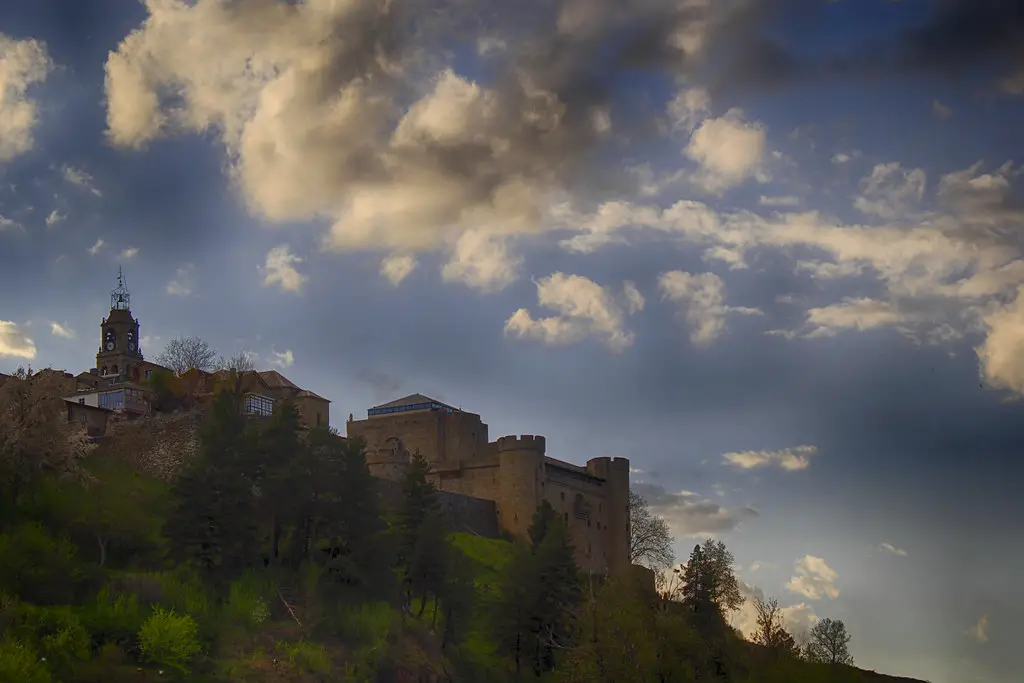
A medieval castle situated in the picturesque town of Puebla de Sanabria, in the province of Zamora, Spain.
What to see or do: Explore the castle’s various towers, dungeons, and halls, which date back to the 15th century. The castle also houses a museum with exhibits on the history of the town and the castle itself.
Don’t miss: The stunning panoramic views of the surrounding landscape, including the nearby Sanabria Lake and the Sierra de la Culebra mountains.
Be sure to visit the castle during its annual Medieval Fair, which recreates the atmosphere of the Middle Ages with market stalls, performances, and historical reenactments.
Insider travel tips: Take a guided tour to learn more about the castle’s rich history and intricate architecture. For the best views of the town and the castle, hike up to the nearby Mirador del Castillo viewpoint.
Visit the town’s weekly market for local produce and crafts, and try the traditional dish of botillo, a hearty stew made with pork and vegetables.
10. San Juan de los Caballeros Church
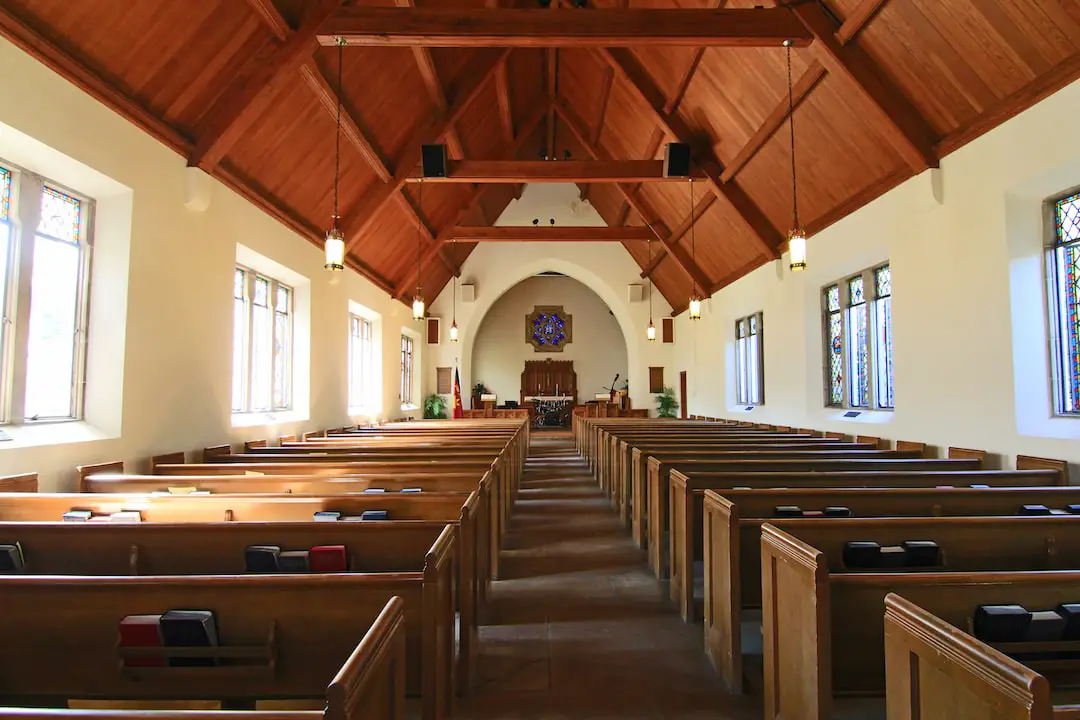
San Juan de los Caballeros Church is a stunning, centuries-old church located in the historic city of Zamora, Mexico.
What to see or do: Visitors can admire the beautiful architecture and intricate details of the church’s facade, which features a mix of Gothic and Baroque styles.
Upon entering the church, visitors will be awed by the grand interior, which boasts ornate altarpieces and stunning murals. Take a moment to appreciate the intricate carvings and artwork throughout the church.
Don’t miss: The altarpieces in San Juan de los Caballeros Church are truly works of art. Admire the intricate detailing and gold leaf accents that adorn the altars.
Insider travel tips: – San Juan de los Caballeros Church is located in the heart of Zamora’s historic district, so take some time to stroll around and explore the charming colonial architecture and vibrant culture of the city.
11. Toro Bullring Museum

The Toro Bullring Museum is a unique museum located in the city of Zamora, Spain, which is dedicated to the history and culture of bullfighting.
What to see or do: Visitors to the museum can explore the different exhibits, which include objects such as bullfighters’ costumes, bullfighting posters and photographs, and even some of the bulls’ heads that have been used in the bullring.
Don’t miss: One of the highlights of the museum is the chance to stand in the actual bullring where many of the most famous bullfights in Spain have taken place.
This is a truly impressive experience that visitors won’t want to miss.
Insider travel tips: To get the most out of your visit to the Toro Bullring Museum, it’s a good idea to book a guided tour.
The guides are knowledgeable and enthusiastic about the history and culture of bullfighting, making for an even more fascinating experience.
Additionally, visitors should keep in mind that bullfighting is a controversial topic in Spain, so it’s important to be respectful of all viewpoints while visiting the museum.
12. Convento de las Dueñas
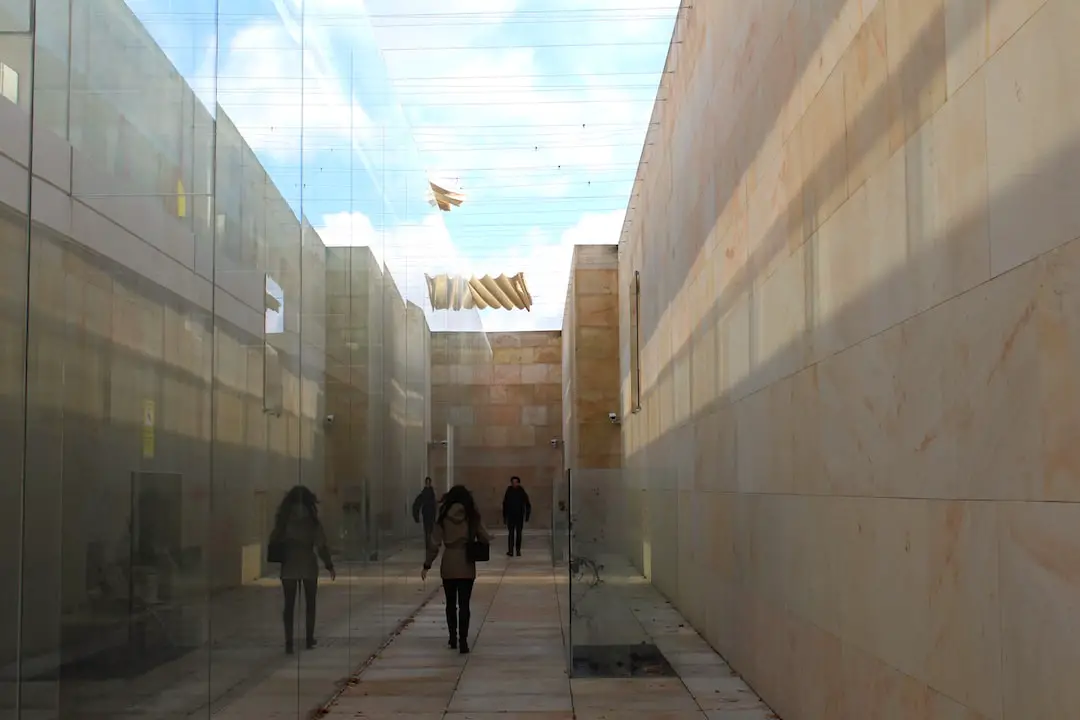
A beautiful and historic convent located in the city of Zamora in Spain.
What to see or do: Visitors can explore the convent’s stunning architecture, which was built in the 15th century in a Gothic style. Inside, the convent boasts ornate chapels, intricate stonework, and beautiful frescoes.
There is also a museum showcasing religious art and artifacts.
Don’t miss: The convent’s peaceful cloister, which features lush greenery and a tranquil fountain.
Insider travel tips: Check ahead of time for any special events or religious celebrations that may be taking place during your visit. It’s also worth noting that the convent is closed on Mondays.
13. Iglesia de Santiago de los Caballeros
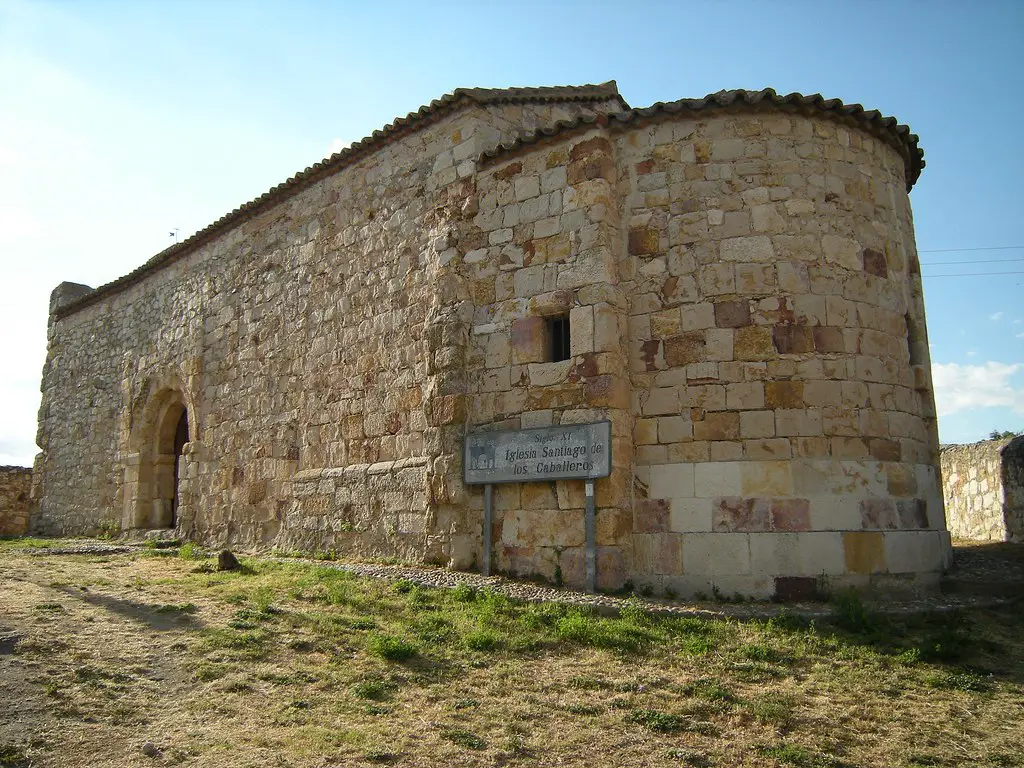
A historic church located in the heart of Zamora, Spain.
What to see or do: Admire the church’s beautiful Gothic architecture, including its intricate facade and stunning rose window. Step inside to see the impressive altarpiece, featuring intricate carvings and sculptures.
Take a moment to appreciate the peaceful atmosphere and rich history of the centuries-old church.
Don’t miss: Be sure to check out the small museum inside the church, which showcases various religious artifacts and artwork. Also, take a stroll through the charming streets of Zamora’s historic city center, with its many shops, cafes, and landmarks.
Insider travel tips: Visit the church during off-peak hours to avoid crowds and have a more serene experience. Be respectful of the church’s religious significance and dress appropriately if you plan to enter.
Take some time to explore Zamora’s other architectural gems, including the Castle of Zamora and the Puente de Piedra bridge.
14. Iglesia de Santa María Magdalena
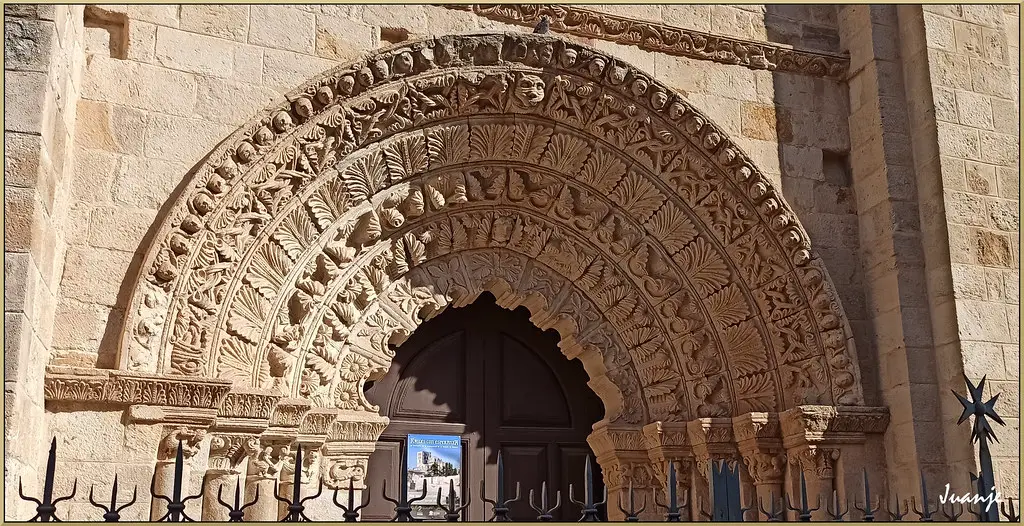
The Iglesia de Santa María Magdalena is a striking church located in the beautiful Spanish city of Zamora.
What to see or do: Visitors can appreciate impressive Gothic and Romanesque architecture in this stunning church. Inside, you’ll be amazed by the ornate altar and the intricate carvings around the choir stalls.
Don’t miss: Don’t miss the chance to climb the bell tower for spectacular views of the city. The climb isn’t for the faint-hearted, but the views from the top are well worth the effort.
Insider travel tips: Visit during the morning when the church is especially peaceful and quiet.
Be sure to wear comfortable shoes if you plan to climb the bell tower, as there are several steps to navigate.
Also, since this is a religious site, it’s important to dress modestly and show respect during your visit.